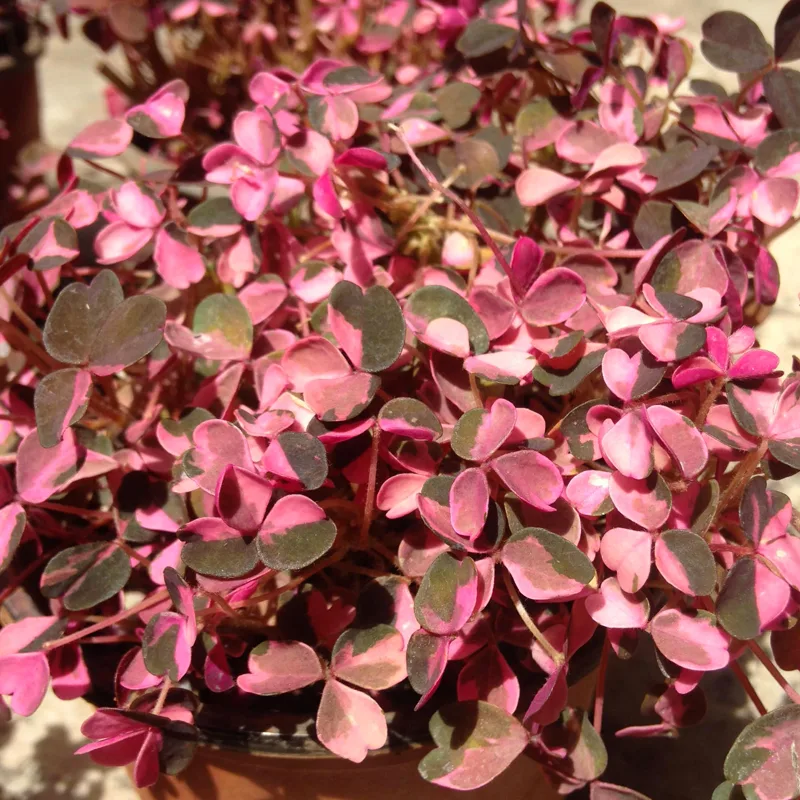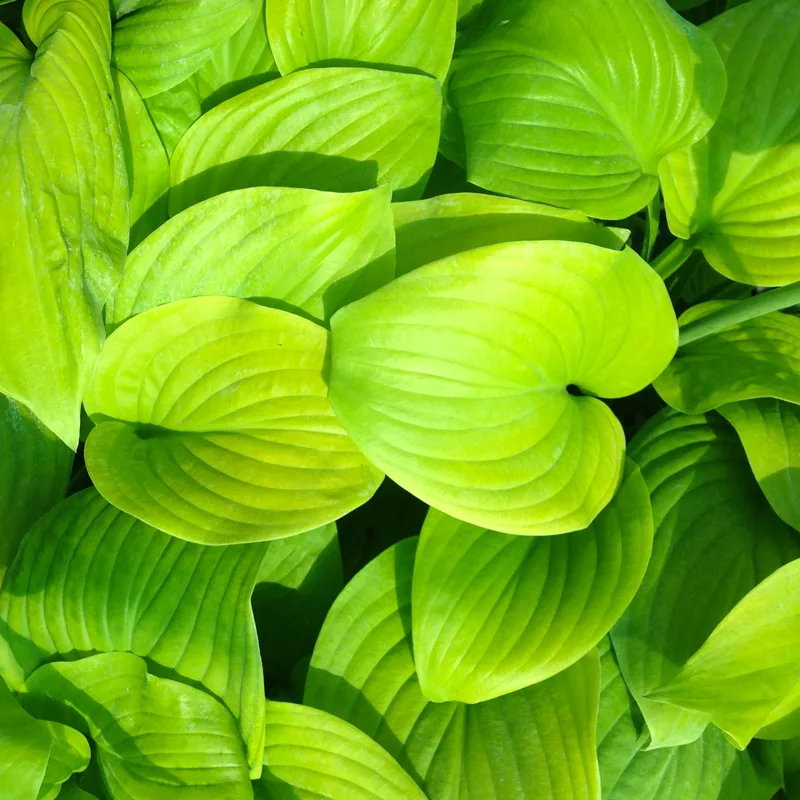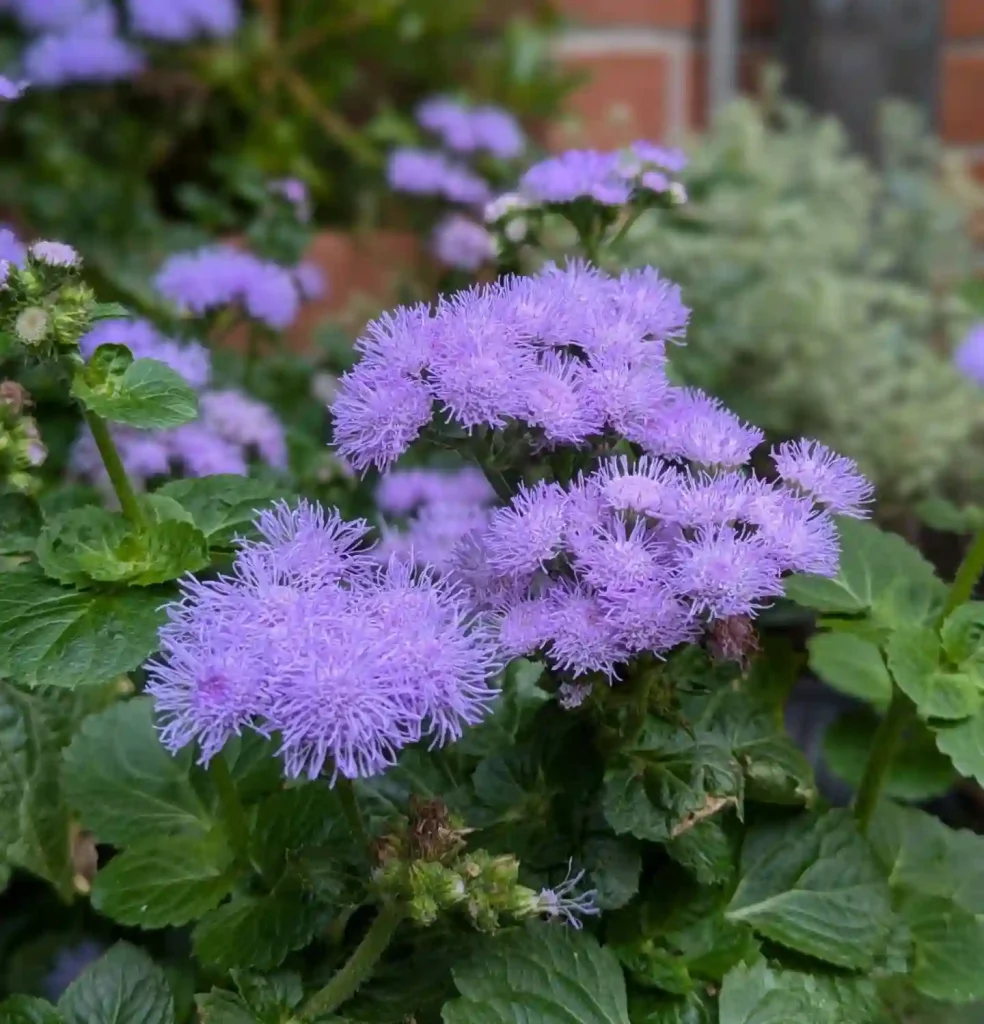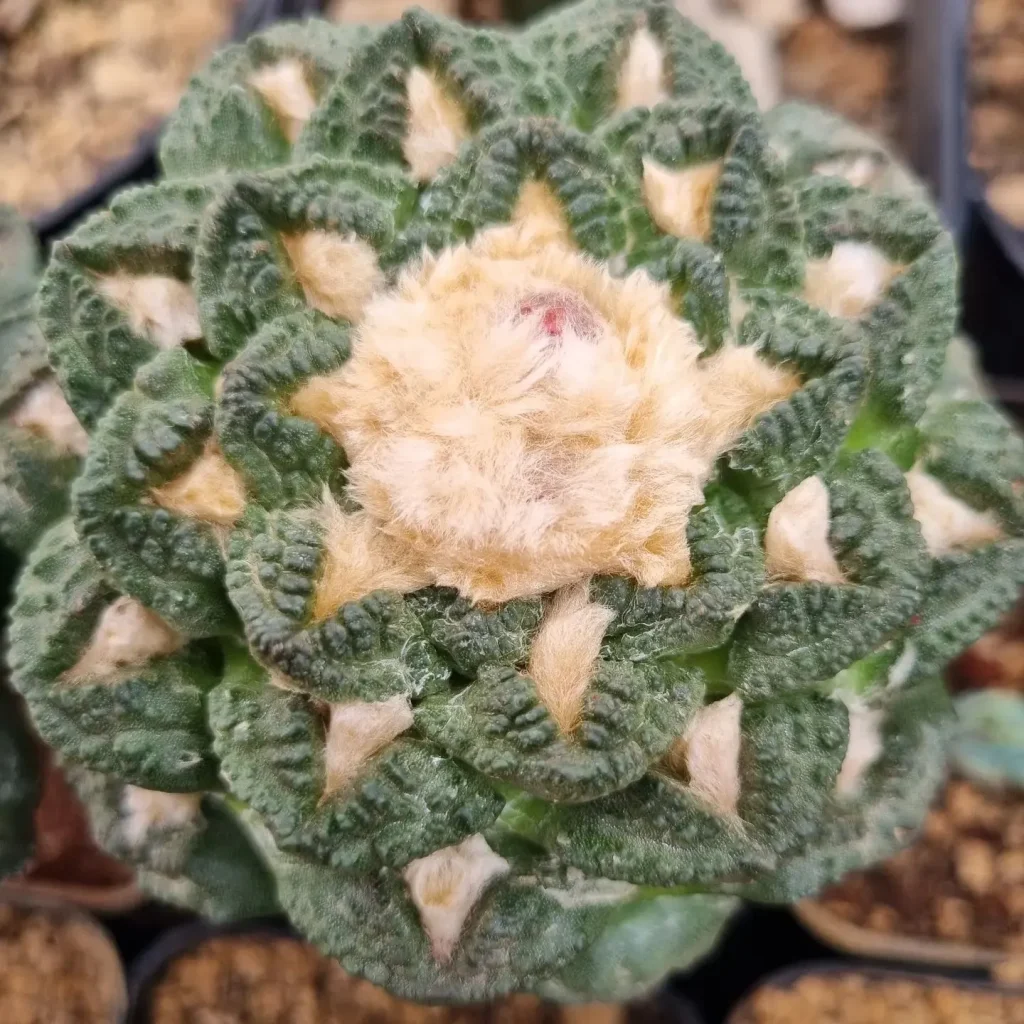Begonia Arabian Sunset: A Striking Houseplant with Dark Elegance
I’m Ferb Vu, and I’m a passionate plant enthusiast. Today, I want to delve into the fascinating world of the Begonia Arabian Sunset, a captivating houseplant known for its dramatic foliage and delicate blooms.
This FAQ will equip you with all the knowledge you need to cultivate this beauty in your home.
2104 Species in Genus Begonia
What is a Begonia Arabian Sunset?
The Begonia Arabian Sunset is a captivating hybrid begonia, introduced in 1992. It belongs to the cane-type begonia group, often referred to as “Angel Wing” begonias due to the shape of their leaves. This variety boasts stunning features:
- Dark, Bronze Foliage: The Arabian Sunset’s most striking characteristic is its foliage. The leaves are large and asymmetrical, with a deep, bronze-green hue that shimmers with a subtle red undertone.
- Delicate Pink Flowers: The plant produces clusters of small, soft pink flowers that gracefully dangle from the stems. These blooms provide a beautiful contrast against the dark foliage, adding a touch of whimsy.
- Bushy Growth Habit: The Arabian Sunset grows in a bushy fashion, forming a dense and attractive indoor plant.
How to Care for Your Begonia Arabian Sunset?
The Arabian Sunset is a relatively easy-going plant, perfect for beginner houseplant parents. Here are some key care tips:
- Light: This begonia thrives in bright, indirect light. Avoid harsh, direct sunlight, which can scorch the leaves.
- Water: Water your Arabian Sunset when the top inch of soil feels dry to the touch. Avoid overwatering, as this can lead to root rot.
- Soil: Use a well-draining potting mix specifically formulated for African violets or begonias.
- Humidity: While the Arabian Sunset doesn’t require high humidity levels, it appreciates occasional misting, especially during dry spells.
- Fertilizer: Apply a balanced liquid fertilizer during the growing season (spring and summer) once a month, diluted according to package instructions.
Common Questions about the Begonia Arabian Sunset
Here, I’ll address some of the most frequently asked questions about this unique begonia:
- How big does the Begonia Arabian Sunset get? With proper care, this begonia can reach heights exceeding 16 inches (40 cm).
- Is the Begonia Arabian Sunset toxic to pets? Unfortunately, yes. Like many begonias, the Arabian Sunset contains toxins that can be harmful if ingested by pets or children.
- Does the Begonia Arabian Sunset bloom year-round? While it may sporadically produce flowers throughout the year, the Arabian Sunset’s main blooming season occurs in spring and summer.
- How do I propagate the Begonia Arabian Sunset? Propagation is achievable through stem cuttings. Take a healthy stem section with a few nodes, plant it in moist potting mix, and maintain consistent moisture until new growth appears.
Begonia Arabian Sunset vs. Begonia Black Knight
Both the Begonia Arabian Sunset and the Begonia Black Knight are cane-type begonias known for their dark foliage. Here’s a quick comparison to help you decide which might be the better fit for you:
| Feature | Begonia Arabian Sunset | Begonia Black Knight |
|---|---|---|
| Leaf Color | Deep bronze-green with red undertones | Nearly black with a metallic sheen |
| Flower Color | Soft pink | White |
| Growth Habit | Bushier | More upright, cane-like |
| Light Requirements | Bright, indirect light | Bright, indirect light |
Ultimately, the choice depends on your preference. If you desire a dramatic plant with pops of pink blooms, the Arabian Sunset is ideal. If you seek a plant with near-black foliage and a more upright structure, the Black Knight might be a better choice.
With its captivating foliage and delicate blooms, the Begonia Arabian Sunset is sure to add a touch of exotic charm to your indoor space. By following these simple care tips, you can enjoy this stunning plant for years to come.
If i die, water my plants!



